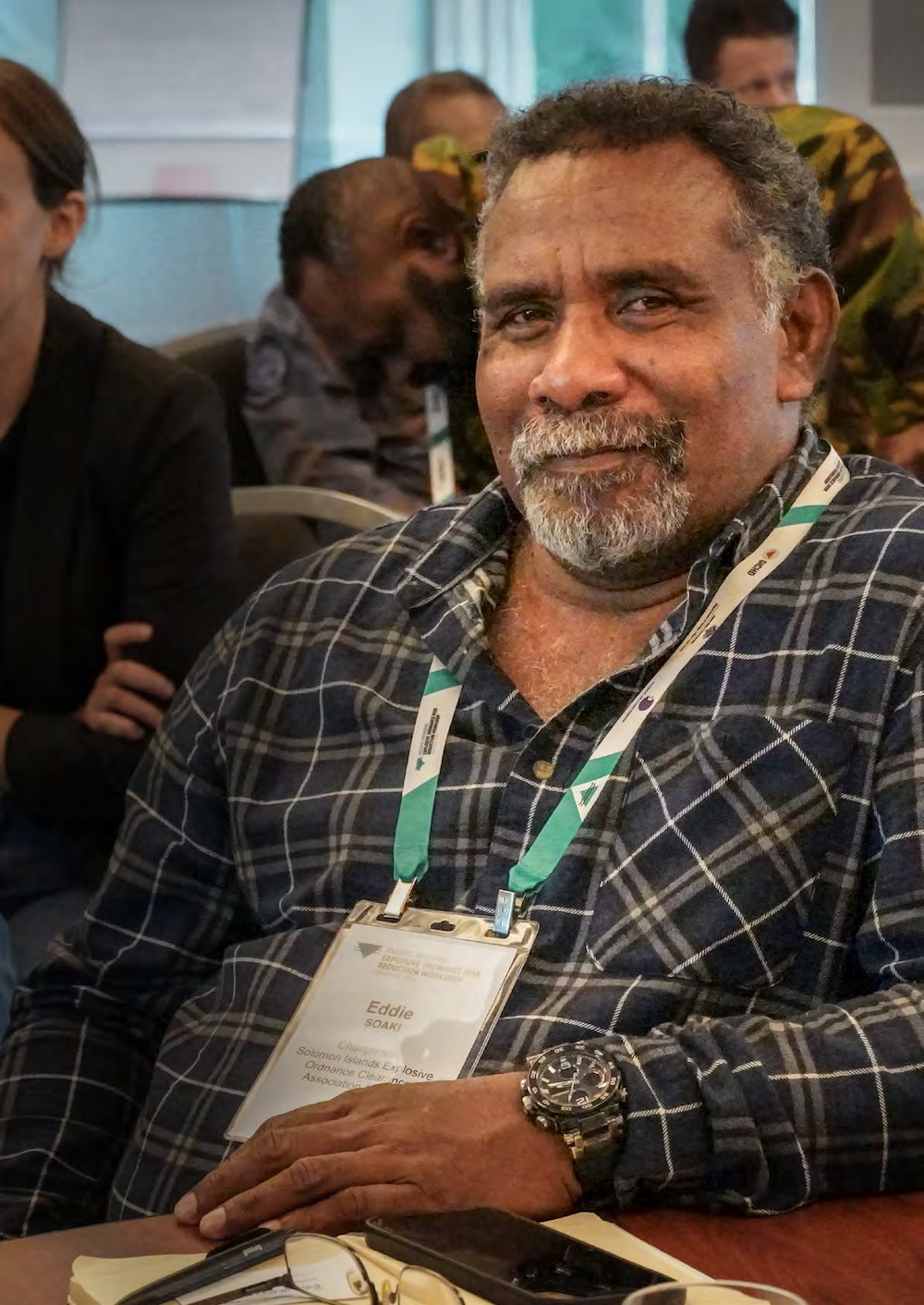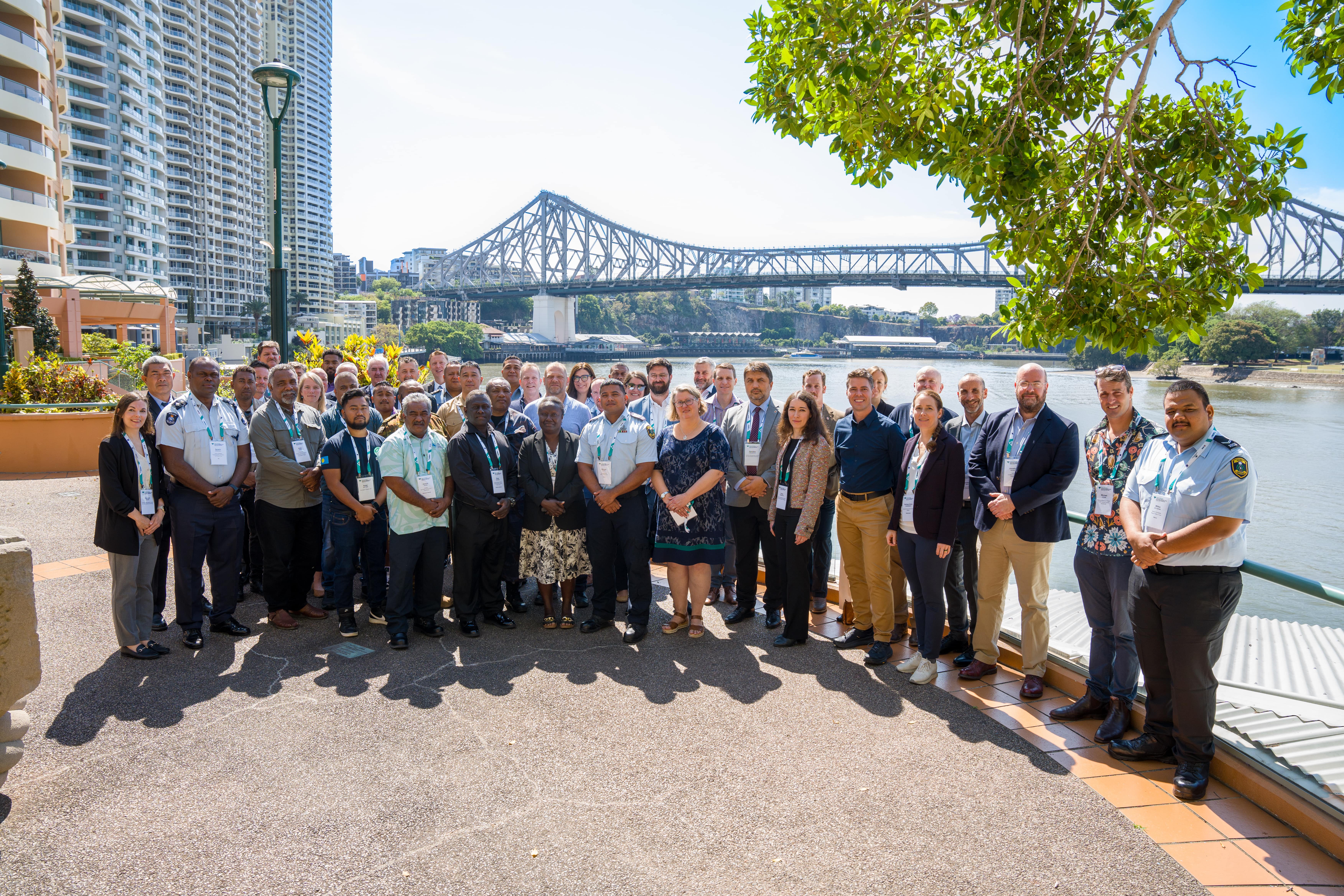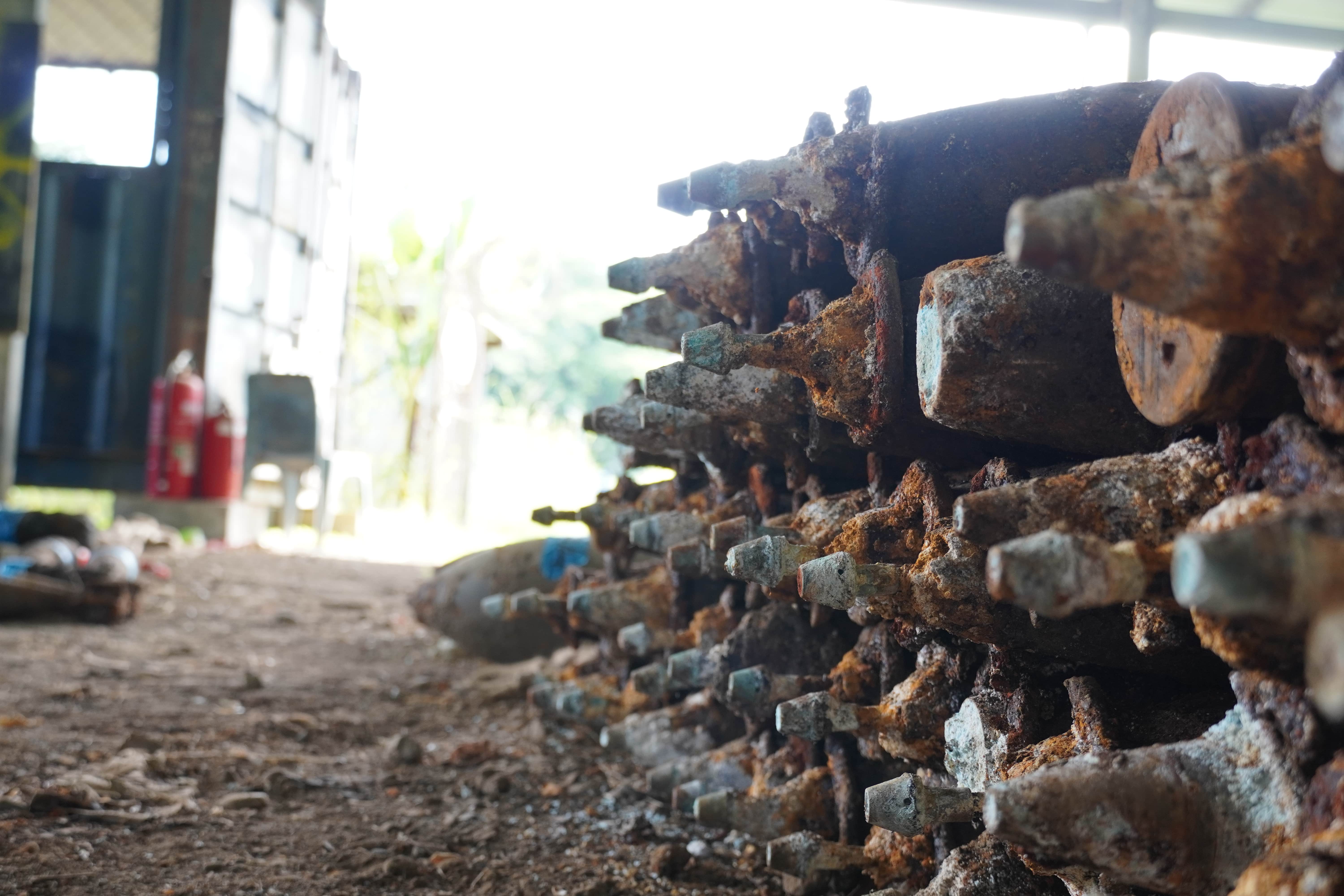World War II remnants halting present-day development
Eddie, chair of the Solomon Islands’ Explosive Ordnance Clearance Association (SIEOCA), ensures that development projects move forward safely. As a private contractor, he is asked to inspect land before new developments to check for unexploded ordnance (UXO), like grenades or mortars, that has been buried for over 80 years, mostly from World War II.



